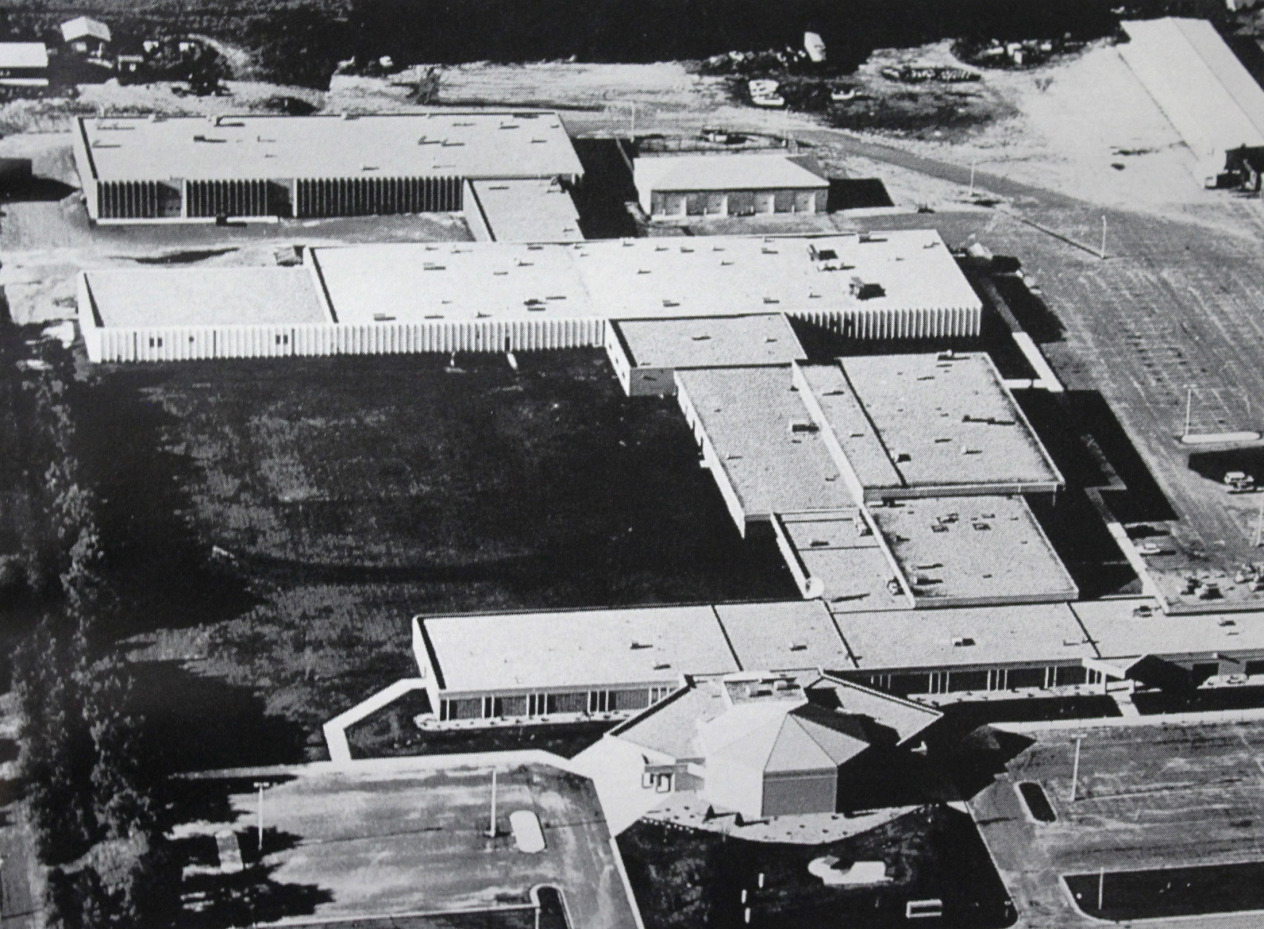Title
RADT1270 - Radiographic Procedures Bridge
Description
Description
This course provides students with the knowledge necessary to perform routine and mobile radiographic procedures relative to facial bones, arthrology, traumatic injury, surgical radiography and the bony thorax, urinary system and gastrointestinal system. Emphasis is on radiographic terms, anatomy, pathology, positioning, manipulation of radiographic equipment and accessories, and patient care considerations. Basic techniques in venipuncture, contrast media types, intravenous medication and emergency response is also included. Additionally, students are introduced to highly specialized studies of the central nervous system, cardiovascular system, lymphatic system, reproductive system and cross-sectional imaging. Special imaging equipment, physical settings and techniques used in these highly specialized studies is also included.
API ID
Credits
4 (2/2/0)
Prerequisites
- Graduation from the M State Limited Scope Radiography program.
Competencies
- Discuss quality management procedures in health care.
- Explain and list the routine and special views for all radiography procedures covered in this course.
- Simulate routine, non-routine and mobile procedures on a person or phantom in a laboratory setting.
- Cite the structures demonstrated on routine radiographic, urographic and fluoroscopic procedures.
- Identify anatomical structures of the central nervous system and the cardiovascular system.
- Identify anatomical structures on cross-sectional images.
- Evaluate images for positioning, centering, appropriate anatomy and overall image quality.
- Explain the basic concepts of pharmacology and common drugs used in health care and radiology.
- Identify routes of drug and contrast media administration.
- Explain pharmacology and contrast media safety concerns and procedures.
- Recite the patient preparation needed for various contrast and special studies.
- Explain the purpose for using contrast media.
- Differentiate between positive and negative contrast agents.
- Identify the types, dosages and route of administration of contrast media commonly used.
- Identify signs of allergic reactions to contrast media.
- Explain treatment for mild, moderate and severe reactions to contrast media.
- Describe basic terms related to pathology.
- Describe the causes and manifestations of pathological conditions and their relevance to radiologic procedures.
- Describe imaging procedures used in diagnosing disease.
- Describe the various systemic classifications of disease in terms of etiology, types, common sites, complications and prognosis.
- Describe the radiographic appearance of diseases.
- Identify imaging procedures and interventional techniques appropriate for diseases common to each body system.
- Distinguish between the types and purposes of arthrographic examinations.
- Identify procedural and technique considerations required for pathological conditions.
- Demonstrate venipuncture.
